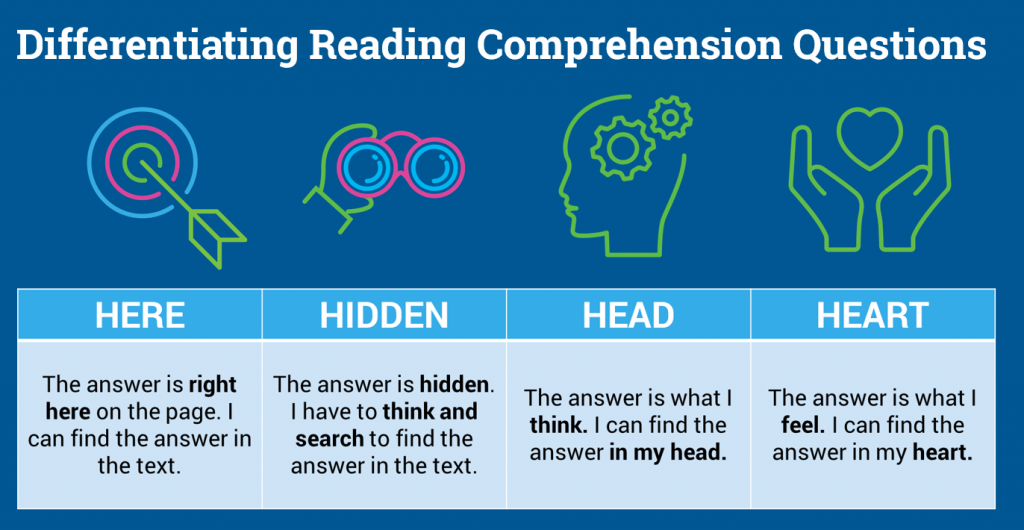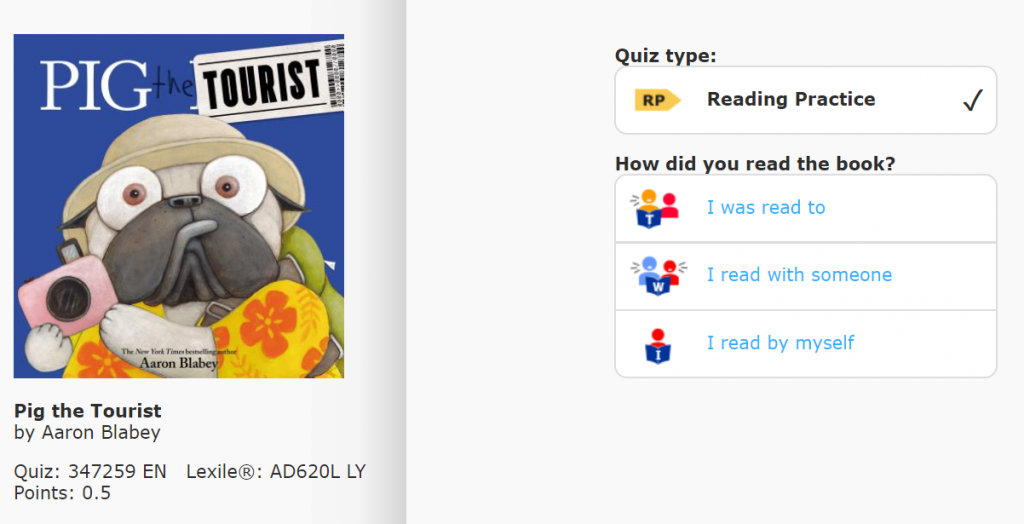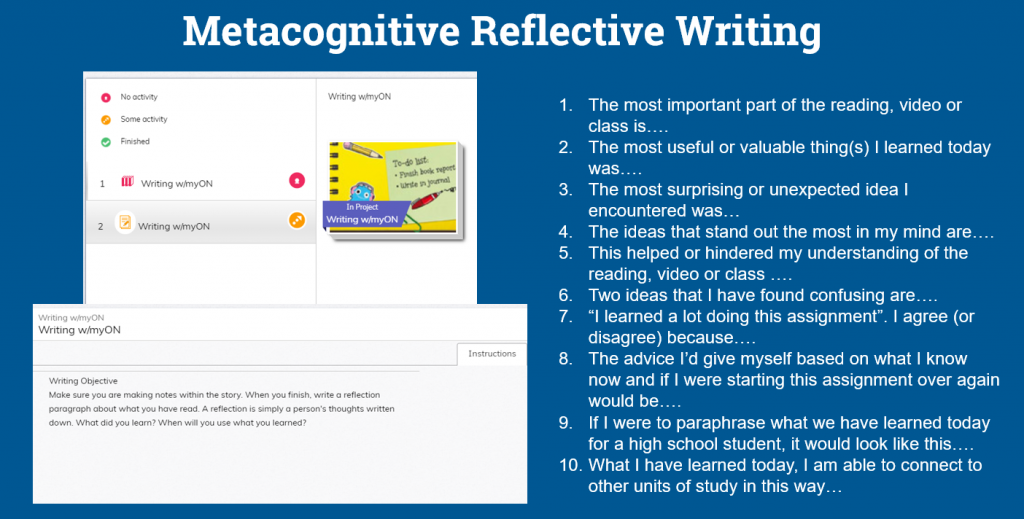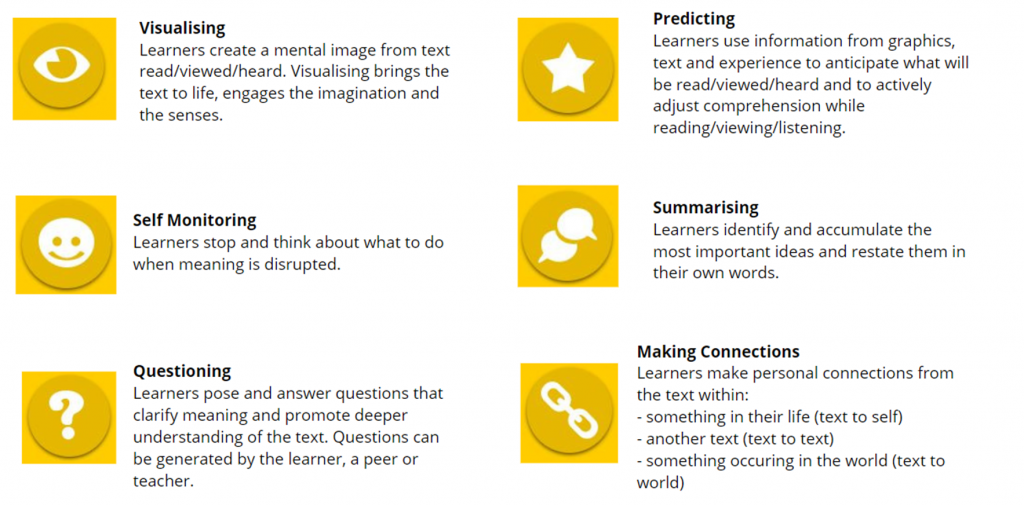- Sales & Support
- +61 2 4225 9698
- [email protected]

Science in the Classroom
August 20, 2020
Strategies for Guiding Effective Literacy Teaching – Part 2
September 11, 2020Strategies for Guiding Effective Literacy Teaching – Part 1

By: Renaissance Professional Development Team
As Renaissance Professional Development Coaches, we’re very lucky to work with so many incredible schools across Australia and New Zealand. In our sessions, whether we are helping to implement Renaissance solutions for the first time, or are running renewal training for long time users, we always strive to find effective ways for our solutions to align to the school context, existing positive behaviour structures and whole school strategies that are currently in place.
During our sessions, we get to hear about some of the fantastic ways in which schools use various literacy and numeracy strategies to effectively improve student outcomes and promote the growth and development of student skills and abilities. We had the chance to share some of there in our webinar in early September and in a series of three blogs we’ll go through the strategies, reference some resources and highlight how you might use these in conjunction with Renaissance solutions!
Why is comprehension such an important part of literacy?
Teachers may be able to identify students who read well, often employing tools like the Burt Reading Test[1] to identify a reading level but what about the comprehension? For many students, there can be a large disconnect or gap between these two aspects of their literacy. With comprehension comes the requirement to analyse, connect, interpret and evaluate ideas they’re presented with. Comprehension is about processing a text beyond word-level to get to the big picture, elevating the student’s understanding and insight. In doing so, enhancing language skills and expanding vocabulary.
Employing a School Wide Approach
There are of course, a variety of comprehension strategies designed to increase student comprehension. Employing a school wide approach to reading comprehension is one of the most effective methods of increasing their literacy skills. It’s about finding one that will suit your school context and desired outcomes and then ensuring that it is applied universally – ensure students are exposed to the same skill building in your class, the class down the hall, the science lesson or the reading lesson. Comprehension strategies can be applied to all year levels and all subject areas.
One strategy we discussed are the Super 6 Reading Comprehension Skills[2] designed to explicitly teacher and foster the use of 6 key skills when reading to assist with comprehension – visualising, predicting, questioning, making connections, self-monitoring and summarising. These skills are already being used by teachers and students alike, but it must become a more explicitly taught practice. The slide below briefly explains each of the skills. Note the icon next to them, this comes from the Sticky Note function in myON. Here, students would be encouraged to annotate a text they were reading in myON with the icons matching each skill they were using.
Another strategy that builds on the course of questioning found in the Super 6 are Here, Hidden, Heart and Head Questions[1] where different levels of comprehension questions are provided to the student dependent on their ability and understanding. Students who are at a lower ability can complete here questions – basic, direct/locate questions, with each level increasing in complexity and what the student is being asked to seek out in the text or consider externally to the text. Essentially, you’re scaffolding the student’s process to getting to more difficult levels of comprehension.

Scaffolding
One of the leading researchers in our industry, Vygotsky, put forward the strategy of scaffolding which he defined as the “role of teachers and others in supporting the learners development and providing support structures to enable the student to move to the next stage or level of learning.” [1]
Star Reading and Accelerated Reader employ Vygotsky’s theory of ZPD – Zone of Proximal Development to give students a frame of reference when it comes to book selection.
In the classroom, scaffolding helps students remain in their ZPD. The term itself offers a relevant descriptive or visual metaphor; teachers provide successive levels of temporary support that help students reach higher levels of comprehension and skill acquisition, that they would not be able to achieve without assistance.
When scaffolding reading, you might preview the text and discuss key vocabulary, or chunk the text and then read and discuss as you go. For example, if students are not at the reading level required to understand a text being taught in class, you might use instructional scaffolding to incrementally improve their reading ability until they can read the required text independently and without assistance. Scaffolding is breaking up the learning into chunks and providing a tool, or structure, with each chunk.
One of the main goals of scaffolding is to reduce the anxiety that students may experience when they get frustrated or discouraged when attempting a difficult task for the first time without the assistance or direction. For example, you may have some students who are wanting to read their first big chapter book. The scaffolding for this scenario would be to first read it out loud together, using comprehension style questions like the aforementioned, they can then read with someone else and finally, they read independently.
Accelerated Reader has the ability to capture data using this type of scaffolding method. The Reading Practice Quizzes in AR ask whether the student read the book by themself, with someone or someone read to them, which will also then show in reports. Teachers can use this information to inform practice and decide which students are still requiring support when reading and which students can read most of their texts independently.

Metacognitive Strategies
Metacognitive strategies teach students to think about their own thinking. When students become aware of the learning process, they gain control over their learning. As they become aware of how they learn, learners will use metacognition in order to efficiently acquire new information, and consequently, become more independent in their learning. Metacognition also extends out to self-regulation or managing one’s own motivation toward learning.[1]
Using metacognitive strategies in the classroom may lead to activities that can include planning: thinking about how to approach learning tasks, evaluating progress, and monitoring comprehension. As an aside, Metacognitive strategies have also been identified in research as a highly successful strategy to use with students learning the English language for the first time.[2]
In a similar manner to using some of the Super 6 skills, it’s highly likely you’re employing metacognitive strategies in your teaching practice already but again it becomes important to make these strategies and activities explicit.[3] Below you can see example questions we might pose to students when we ask them to write a reflective piece, it doesn’t have to be long, a paragraph will often suffice. There is also a reflective writing task that has been created as part of a myON Project. The teacher has asked the students to read a book about writing and then reflect back on what they’ve learnt.

Stay Tuned for Part 2
In the second part of this series, we’ll explore three more literacy strategies, how to employ them in the classroom and ways in which Renaissance solutions can help you to do so!
References:
[1] http://www.burtbooks.com/BURTWORDRECOGNITIONTEST.pdf
[2] http://163.22.77.147/web/upload/201505251942014.pdf
[3] https://solcnetwork.com/the-3h-strategy/
[4] Kurt, S. “Vygotsky’s Zone of Proximal Development and Scaffolding,” in Educational Technology, July 11, 2020. Retrieved from https://educationaltechnology.net/vygotskys-zone-of-proximal-development-and-scaffolding/
[5] https://ciel.viu.ca/teaching-learning-pedagogy/designing-your-course/how-learning-works/ten-metacognitive-teaching-strategies
[6] https://www.sciencedirect.com/science/article/pii/S187704281102948X
[7] http://darhiv.ffzg.unizg.hr/id/eprint/8807/1/Metacognitive%20Strategies%20in%20Young%20Learners%20of%20English.pdf




